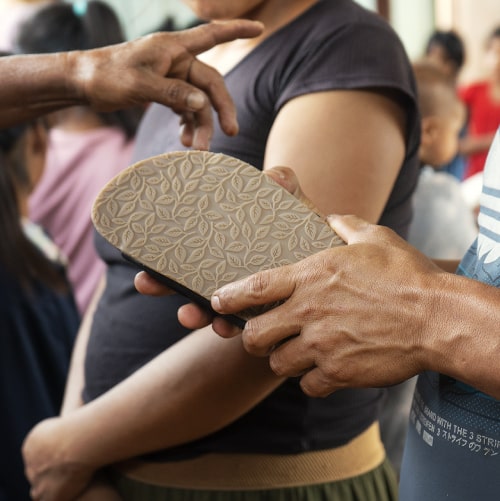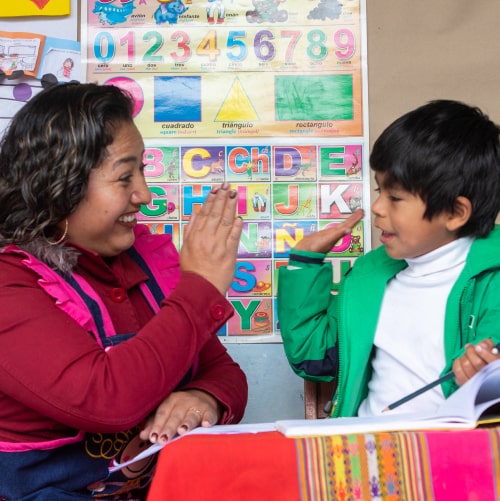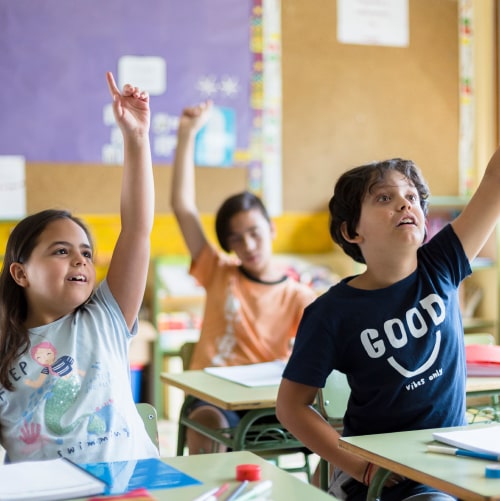Every 2 to 7 years, the El Niño phenomenon occurs in the equatorial Pacific region, which reaches its maximum intensity between the months of December and January, though its influence may last longer (website of CNN in Espanish, 2023). Organizations such as the National Oceanic and Atmospheric Administration (NOAA) and the International Center for Research on the El Niño Phenomenon (CIIFEN) conduct constant monitoring and issue forecasts that help anticipate the arrival and intensity of the next El Niño episode. This makes it possible to obtain valuable information for planning and decision-making in various areas affected by this climate phenomenon.
In this post, we tell you more about this phenomenon, its effects, its impact and the actions that the Wiese Foundation is conducting to mitigate the damage it causes in our country.
What is the El Niño phenomenon?
The El Niño phenomenon is a complex climate event that has its roots in changes in ocean and atmosphere temperatures, specifically in the equatorial Pacific.
Initially, the El Niño phenomenon was understood as a local phenomenon. Yet, it is a global event that not only affects the coast of the country, but also territories that are not so close to the Equatorial Pacific.
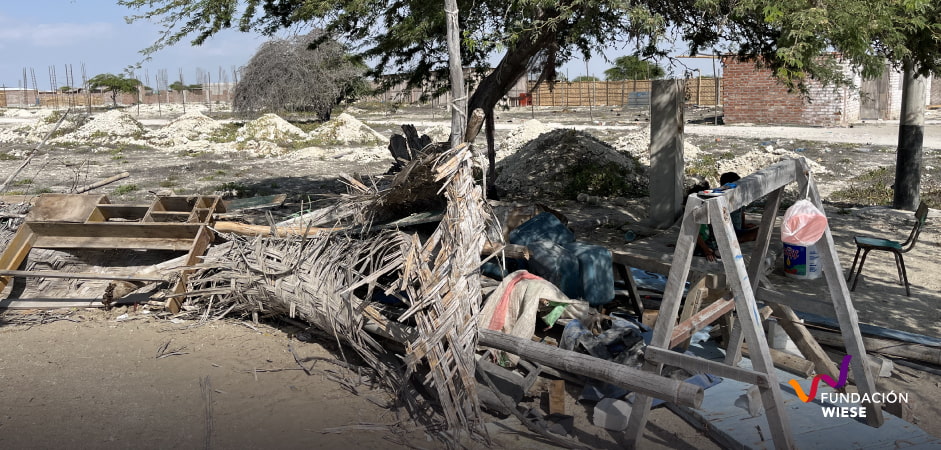
What is the effect of the El Niño phenomenon?
According to MINAM (Ministry of the Environment), the El Niño phenomenon mainly causes the abnormal warming of the waters of the equatorial Pacific, unleashing significant climatic consequences. This phenomenon manifests itself with heavy rains, an increase in sea and air temperatures, floods and landslides.
These events often result in the loss of human life, material damage, collapse of infrastructure, and public health problems, such as outbreaks of mosquito- and mosquito-borne diseases.
Who is affected by the El Niño phenomenon?
The El Niño phenomenon does not discriminate and it affects various areas and sectors, especially in Peru. During extraordinary events, such as the one recorded in 2023, the departments of Tumbes, Piura, Lambayeque, Loreto, Ica, Ancash, Cajamarca, La Libertad and Huancavelica experienced flooding, resulting in human and material losses, and affecting public health (Ministry of Health, 2023). Moreover, events such as El Niño affect marine biodiversity, agriculture, infrastructure, and the health of the population, generating a widespread impact on Peruvian society.

What actions is the Wiese Foundation conducting to reduce the impact of the El Niño phenomenon?
As part of our Humanitarian Aid program, we have conducted a series of actions that have allowed us to contribute to reduce the impact that the phenomenon has caused on vulnerable populations.
Distributing Food Kits
In collaboration with Adra Peru, we distributed 500 non-perishable food kits to surviving families in affected areas such as Parachique – La Bocana and the Sechura desert in the Piura region. These kits were designed to feed families of 4, for a length of 5 days.
Providing temporary housing
Faced with the imminent crisis of the Global El Niño Phenomenon 2023-2024, we partnered with Adra Peru to manage the donation of 100 prefabricated fibrocement houses. These temporary dwellings, known as Temporary Housing Modules (THM), were installed in safe areas of the most affected regions, such as Piura, in order to provide safe and dignified shelter to vulnerable families.
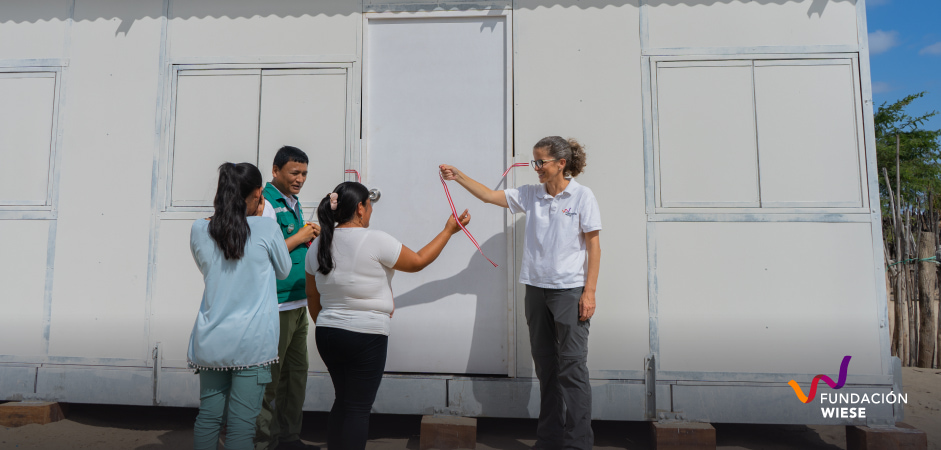
Mobilizing financial resources
In addition to the actions financed with our foundation’s budget allotted for humanitarian aid, we are also seeking financial support to continue with actions in affected areas and, likewise, we encourage the community to make donations in order to achieve this goal.
Among the challenges of the El Niño phenomenon, in the case of Peru, its effects are projected to last until the fall of 2024. In the face of the warning of above-average rainfall on the northern and central coast, and in the northern highlands of the country, it is essential that we prepare and take precautions.
Planning and awareness for potential extreme weather events are crucial. Anticipating these scenarios will allow to reduce risks and protect lives and property. Taking precautions thus becomes a key element in confronting and mitigating the impacts of El Niño in the near future.
We invite you to learn about the actions that we have been carrying out at the Wiese Foundation by accessing here our Humanitarian Aid program.
You may also be interested in:




